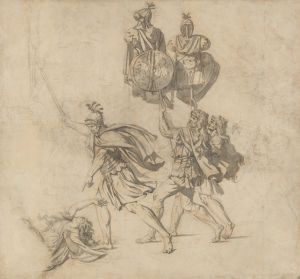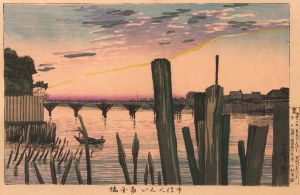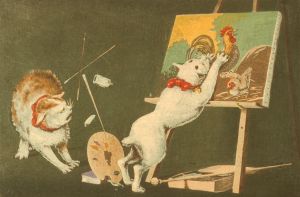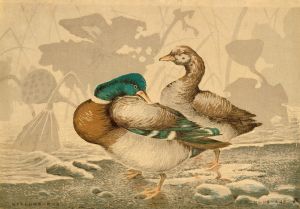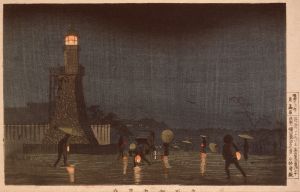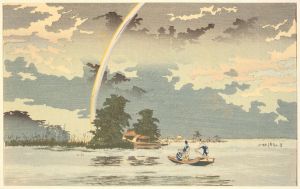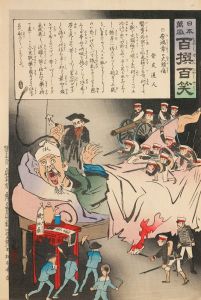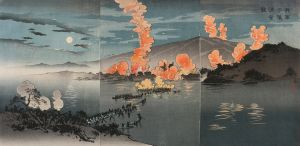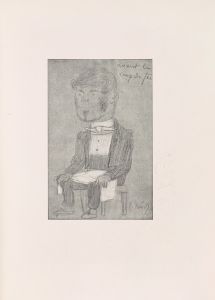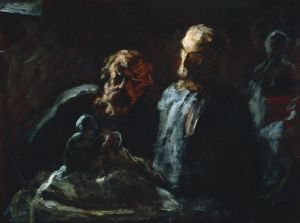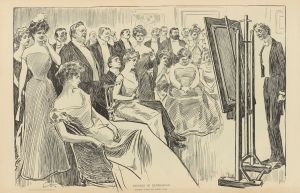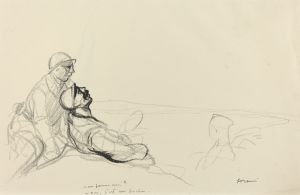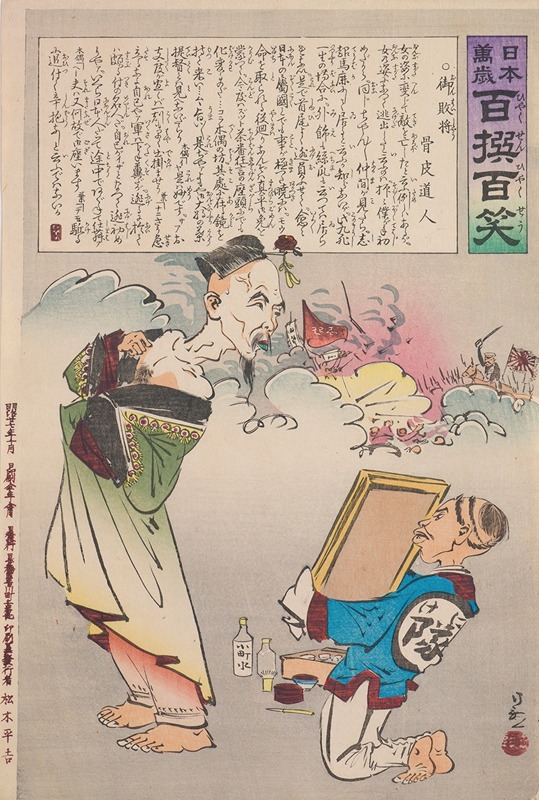
The Honorable Defeated General, from the Series ‘Long Live Japan! One Hundred Selections, One Hundred Laughs’
A hand-painted replica of Kobayashi Kiyochika’s masterpiece The Honorable Defeated General, from the Series ‘Long Live Japan! One Hundred Selections, One Hundred Laughs’, meticulously crafted by professional artists to capture the true essence of the original. Each piece is created with museum-quality canvas and rare mineral pigments, carefully painted by experienced artists with delicate brushstrokes and rich, layered colors to perfectly recreate the texture of the original artwork. Unlike machine-printed reproductions, this hand-painted version brings the painting to life, infused with the artist’s emotions and skill in every stroke. Whether for personal collection or home decoration, it instantly elevates the artistic atmosphere of any space.
Kobayashi Kiyochika's woodblock print The Honorable Defeated General is part of the series Long Live Japan! One Hundred Selections, One Hundred Laughs (Nippon Banzai Hyakusen Hyakushō), created in 1894–1895. This series was produced during the First Sino-Japanese War (1894–1895), a conflict between the Qing dynasty of China and the Empire of Japan over influence in Korea. The series is a satirical and patriotic collection of prints that reflects Japan's growing nationalism and confidence during this period, as well as its aspirations to modernize and assert itself as a major power in East Asia.
Kiyochika, often referred to as the "last ukiyo-e master," was known for his innovative approach to traditional woodblock printing. He incorporated Western techniques such as perspective and shading into his works, blending them with the aesthetics of Japanese ukiyo-e. His prints often depicted scenes of modernization, urban life, and military subjects, making him a prominent figure in the Meiji era's visual culture.
In The Honorable Defeated General, Kiyochika uses humor and satire to comment on the war. The print portrays a defeated Chinese general in a caricatured manner, emphasizing Japan's military superiority and ridiculing the Qing forces. This approach was typical of the series, which aimed to boost morale and celebrate Japan's victories. The series as a whole reflects the propagandistic tone of the time, as it was designed to appeal to a domestic audience and reinforce support for the war effort.
The First Sino-Japanese War marked a significant turning point in East Asian history. Japan's victory demonstrated its successful modernization and military reforms during the Meiji Restoration, while the Qing dynasty's defeat highlighted its struggles with internal decline and inability to counter foreign powers. The war concluded with the Treaty of Shimonoseki in 1895, which granted Japan significant territorial and economic gains, including the cession of Taiwan and the Liaodong Peninsula (though the latter was later returned under pressure from Western powers).
Kiyochika's series, including The Honorable Defeated General, serves as a historical artifact that provides insight into the cultural and political climate of Japan during the late 19th century. It reflects the intersection of art, propaganda, and national identity during a transformative period in Japanese history.





